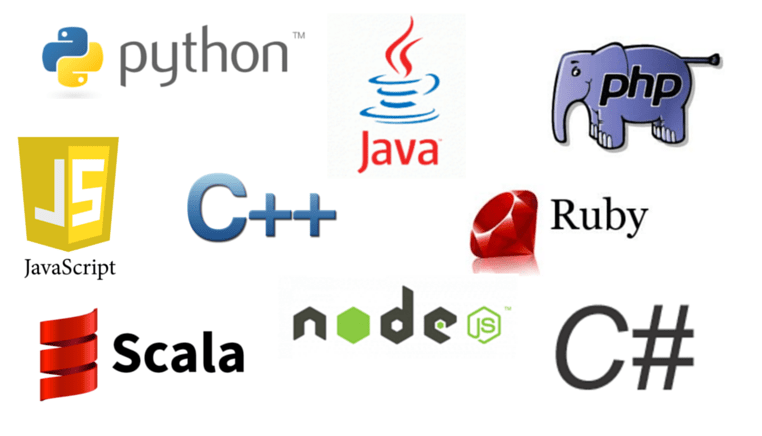If you’ve heard about Bitcoin, then you must be familiar with the term – blockchain technology. But, wait, there’s more.
Introduced first to the public as a mere building block of cryptocurrency, this powerful technology is now empowering world-class digital solutions.
Transforming the way we lead our lives, it is projected that by the year 2030, blockchain will grow the global GDP to almost $1.76 trillion!
But, have you ever gone into the depth of this technology?
It is a decentralised and digitally distributed ledger used to keep track of financial transactions and essential business assets.
The main purpose of blockchain technology is to enable sharing of information across all the parties that can access the technology.
Due to its provenance, this technology is growing at an unbelievable rate of 73% in manufacturing industries as of 2022.
Traditional data sharing systems had several challenges. These include – Difficulty in accessing the stored data, no restrictions on unauthorised access, and data inconsistency.
Blockchain technologies are based on the concept of Public-Private Key Cryptography that locks the data in place so that only individuals with a private key can access it.
If we’ve got you hooked to the concept of blockchain technology and you’re planning to dig deeper into it by enrolling in a blockchain training course, then hold on!
Read the rest of the article to find out what we have in store for you!
Why would you want to store data on blockchain?
The blockchain technology has replaced the narrative of cloud storage and other traditional data storage centers. With enhanced transparency and superior security, companies are surely in for a treat with blockchain technology!
In fact, you’d be surprised to learn that the business value created by blockchain is forecasted to grow to $176 billion by 2025 and skyrocket to $3.1 trillion by 2030.
Here’s why blockchain technology offers the best data storage and transfer facility in today’s world:
- It is an encrypted technology that uses multiple methodologies to encrypt data elements and then store them in secure databases.
- Unlike cloud storage where data remains stationed at one location, data in blockchain is designed to spread across multiple nodes. This prevents easy accessibility to the entire information as a whole.
- If you’ve read about data structures in cloud storage, then you must know that they’re mutable. However, data structures in blockchain are immutable. Therefore, you don’t have to worry about data tampering with this technology!
- Previous data storage technologies like cloud storage used to rely heavily upon third party software for data security. This is not the case with blockchain. Here, the data is always public which enables individuals to track how data elements move from one point to another.
How blockchain technology stores data?
There are 4 ways in which a blockchain network can be built. You can learn about these networks more extensively by enrolling yourself in a Blockchain Training Course at the best Blockchain Placement Institute. These are:
Public Blockchain Network
Like the name suggests, a public blockchain network is the one that is available for everyone in the world to see.
Such blockchains are known as ‘completely decentralised’ block chains and are adopted by several organizations such as Bitcoin and Ethereum. Its anonymity is one of the reasons behind its popularity.
Private Blockchain Network
Also popularly known as managed blockchains, the private blockchain network is guarded by a single entity. The decision of who gets to be a node is decided by a central authority. These networks are partially decentralised because they are not open for public access.
Consortium Blockchain Network
Contrary to the private blockchain network, the access to a consortium blockchain network is decided by a consortium of business organizations. Therefore, these networks are more decentralised than the private ones and have better security features too.
Permissioned Blockchain Network
A business that creates a private blockchain network can set up a permissioned blockchain network as well. In this network setting, the participants need to first get an invitation to access the network. This is also a completely decentralised platform and is 100% transparent.
What is the Process for Data Transactions across Blockchain Networks?
Blockchains are undoubtedly the best invention for data transactions!
Now that you have an understanding of how blockchain networks operate, let’s take a look at how the data is sent and received over a blockchain network.
You can have a look on it in the way of a broader perspective which we have discussed below:
- For a completely centralised blockchain network, you simply need to record the transaction data. This would be done by recording the data at a central place.
- If you’re using a relatively less decentralised type of network, then things move a little differently.
In that case, you can shift or propagate the data to all the nodes/minors simultaneously. These nodes and mirrors would be useful to simultaneously process and retrieve the data.
- Though, when you use a public blockchain network like Bitcoin, you need to broadcast the data across millions of nodes. You might be thinking that it will take a lot of time to upload a transaction across all nodes.
- To make the process time-efficient, you will just broadcast the desired transaction across a few nodes that are located closest to you. These nodes will then propagate the data further using a gossip protocol.
- However, this propagation can consume a significant amount of time and block cuts have to be implemented by the user every few minutes to mitigate it.
But there’s another problem that comes along with block cuts.
As you probably must’ve guessed by now, due to block cuts, sometimes there just isn’t enough time to propagate large data pieces across an entire network!
This conflict is resolved using the consensus mechanism which functions as the fourth block chain component.
Final Note
Besides sending and receiving data over the network, blockchain is an interesting technology to learn.
So expand your knowledge and enroll in a Blockchain Technology Training Course today!
by Mike Sheldon
























